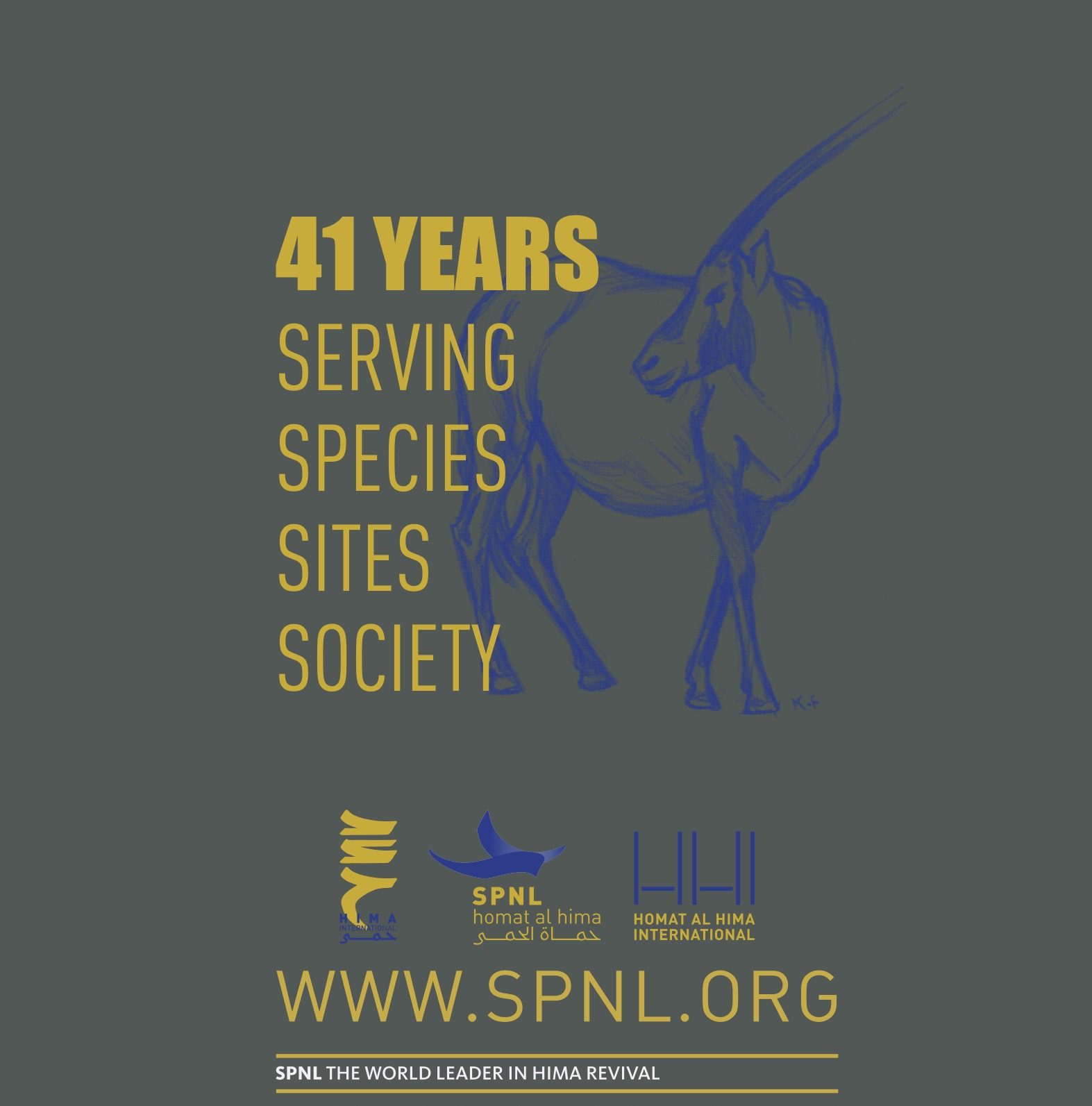In the fertile heart of Lebanon’s Beqaa Valley, the Litani River and Qaraoun Lake have long sustained communities, agriculture, and biodiversity. Yet decades of pollution and mismanagement have threatened their future. Today, under the project “Towards Reviving the Upper Litani River and Qaraoun Lake”, funded by DIMFE, a new chapter is being written—one that places collaboration, science, and community at the center.
A Journey of Engagement
The project team set out on a full-day field mission to strengthen bonds with the people and institutions who shape the fate of the river and its watershed.
The journey began in Kifraya municipality, where project objectives were presented and local leaders voiced their readiness to support. For a project of this scale, municipal commitment is more than symbolic—it is the foundation upon which lasting environmental progress rests.
From Kifraya, the team traveled to Saghbin, home to several dairy factories that represent both economic vitality and environmental responsibility. Meetings with factory managers focused on wastewater practices, treatment options, and the urgent need to adopt greener technologies. These discussions were not about blame but about partnership—exploring how industry can become part of the solution.
The visit continued to the Qaraoun Wastewater Treatment Plant, a critical facility that illustrates both the challenges and opportunities of water management in the valley. The team engaged with operators on current gaps, technical constraints, and the pathways for improvement, highlighting the plant’s central role in restoring the ecological balance of the lake.
Celebrating Local Commitment
The day concluded with a moment of pride in Lala municipality, where the project team handed over the official Hima Certificate. Rooted in a centuries-old tradition revived by SPNL, the Hima model empowers communities to manage their lands and resources sustainably. By joining the expanding Hima network, Lala has formally committed to protecting its landscapes, practicing sustainable agriculture, and ensuring that natural resources remain a source of life for generations to come.
Building a Coalition for the River
This field visit was not only about site inspections; it was about building trust, accountability, and collective ownership. Municipal councils, factory managers, plant operators, and local residents all have a stake in the river’s future. The revival of the Litani and Qaraoun Lake will only succeed if each partner plays their part.
The project team emphasized that environmental restoration is inseparable from human well-being:
-
Clean rivers mean healthier agriculture and safer food.
-
Responsible industry means stronger economies and sustainable jobs.
-
Active municipalities mean empowered communities that take pride in their natural heritage.
A Vision for the Future
The Upper Litani River and Qaraoun Lake project is more than an environmental initiative—it is a blueprint for how Lebanon can balance development with conservation. By blending traditional models like the Hima with modern approaches to wastewater management and stakeholder engagement, the project shows that solutions are possible even in the most complex contexts.
As the sun set over the Beqaa, the team left with a renewed sense of purpose: to turn challenges into opportunities, and to transform the Litani and Qaraoun from symbols of neglect into living testimonies of what collective action can achieve.
This initiative is part of SPNL’s mission to protect biodiversity and empower communities across Lebanon, supported by DIMFE.















